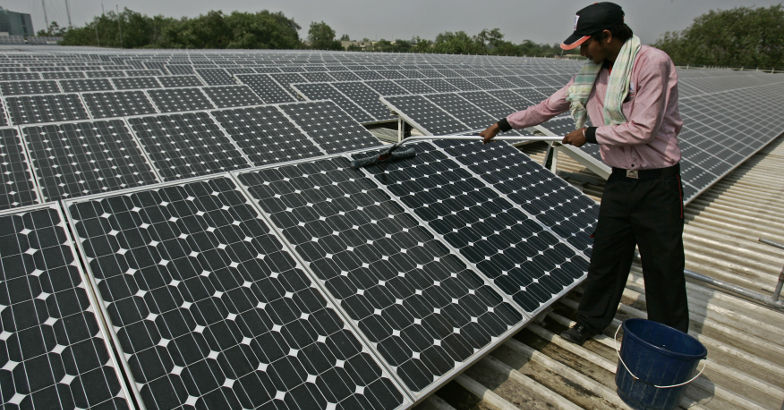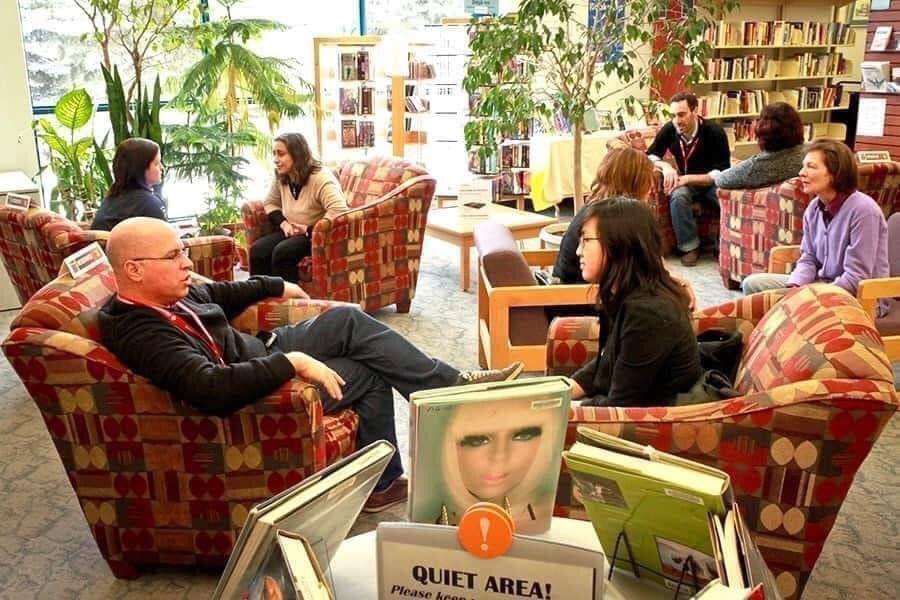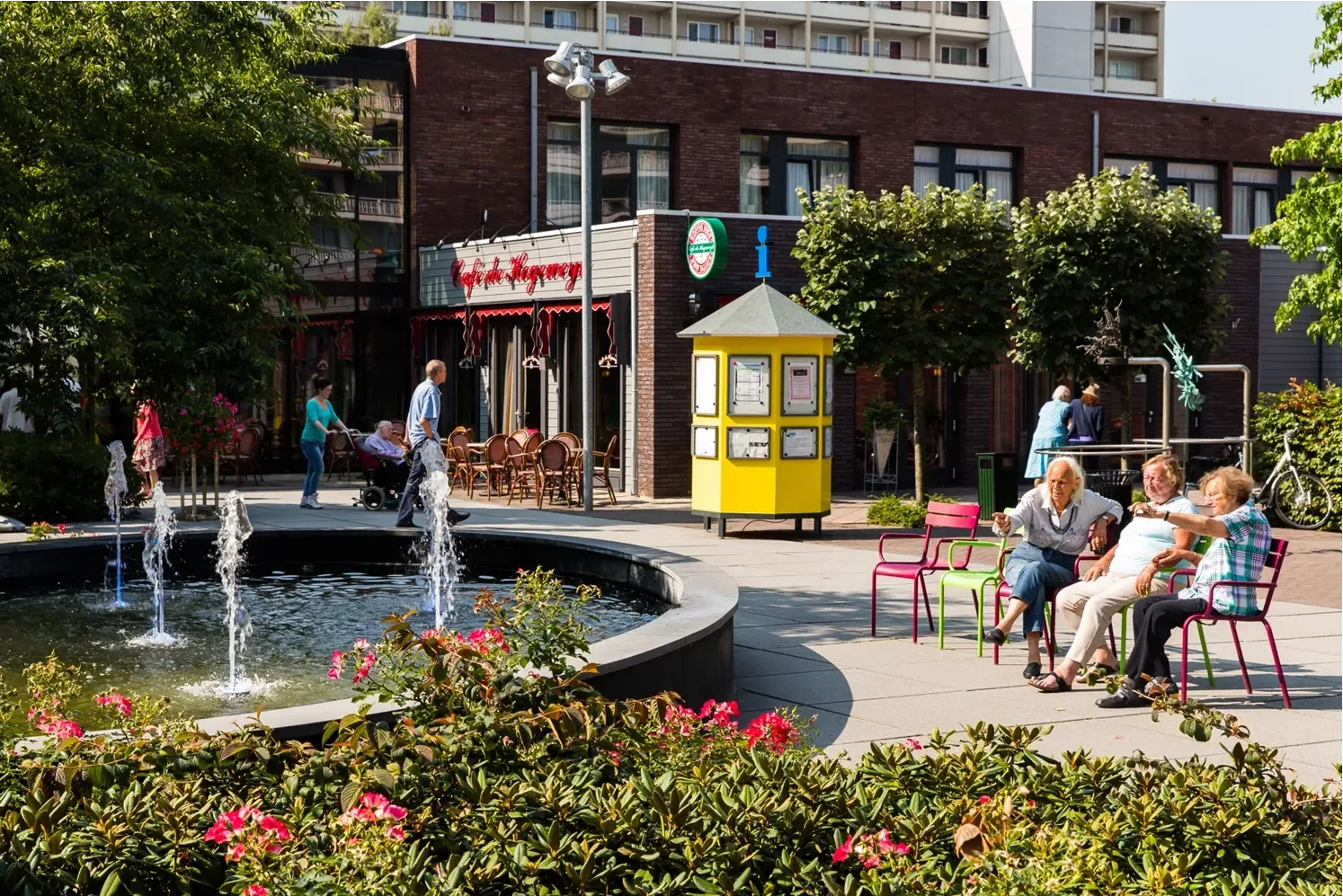Now Reading: This Small German Village Runs Entirely on Renewable Energy—Here’s What India Can Learn
-
01
This Small German Village Runs Entirely on Renewable Energy—Here’s What India Can Learn
This Small German Village Runs Entirely on Renewable Energy—Here’s What India Can Learn

Tucked away in the Bavarian countryside is a village that doesn’t rely on fossil fuels at all. Every home, shop, and streetlight runs on clean, renewable energy. It’s not a futuristic dream—it’s happening right now in a place called Wildpoldsried. And it might hold some answers for energy-hungry regions like ours.
How a Village Took Charge of Its Power
Back in the late 1990s, the people of Wildpoldsried made a bold choice. Instead of waiting for the government or big power companies, they decided to invest in wind turbines, solar panels, and biogas plants themselves.
The idea was simple: generate more energy than they consume. Today, the village produces over five times the electricity it needs—selling the surplus back to the grid.
Local Ownership, Local Benefit
What makes this model stand out is local ownership. The residents didn’t just install systems—they run them. Families earn from the electricity they produce, schools generate their own power, and farmers use livestock waste to fuel biogas units.
This isn’t charity or corporate CSR. It’s everyday people taking control of their energy and income.
Why This Story Matters to India
Tier 2 and Tier 3 Indian cities are rapidly expanding. Power demands are growing, and so is the pressure on outdated grids and polluting sources like coal. But what if smaller towns like Akola, Warangal, or Salem could take a cue from Wildpoldsried?
With abundant sunlight, agricultural waste, and local talent, many Indian communities already have what it takes to go partially, if not fully, renewable. The missing link is often vision—and policy support.
Challenges and Possibilities
Yes, India’s scale is massive, and conditions differ. But the core idea still holds: empower people to produce their own energy, and you create self-sustaining systems.
There are already micro-grid projects in Bihar and solar villages in Gujarat showing early promise. With better coordination, even small municipalities can tap into wind, solar, and biogas—cutting bills and carbon at once.
Conclusion
Wildpoldsried’s story isn’t just about green energy. It’s about what happens when communities take charge instead of waiting for top-down solutions. In a country like India, where energy access and sustainability both matter deeply, this little German village has something big to teach. Maybe it’s time we started listening.

























